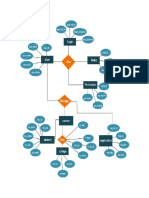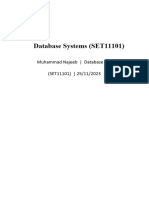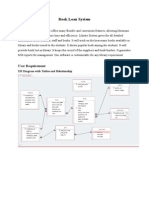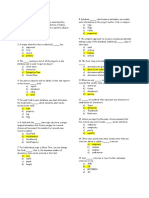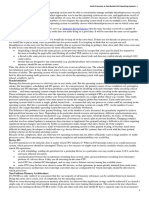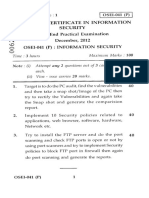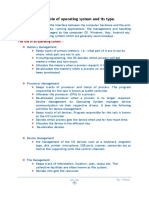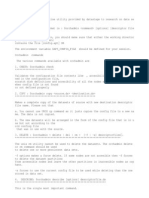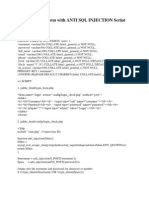0% found this document useful (0 votes)
28 views6 pagesThe Library Management System
The Library Management System (LMS) is a relational database application for managing library operations, including books, authors, borrowers, and borrowing transactions. It includes entities such as Books, Authors, Borrowers, and BorrowedBooks, with defined relationships and attributes. The document outlines steps for setting up the database, creating tables, adding relationships, inserting sample data, and querying the data effectively.
Uploaded by
virshaarif59Copyright
© © All Rights Reserved
We take content rights seriously. If you suspect this is your content, claim it here.
Available Formats
Download as DOCX, PDF, TXT or read online on Scribd
0% found this document useful (0 votes)
28 views6 pagesThe Library Management System
The Library Management System (LMS) is a relational database application for managing library operations, including books, authors, borrowers, and borrowing transactions. It includes entities such as Books, Authors, Borrowers, and BorrowedBooks, with defined relationships and attributes. The document outlines steps for setting up the database, creating tables, adding relationships, inserting sample data, and querying the data effectively.
Uploaded by
virshaarif59Copyright
© © All Rights Reserved
We take content rights seriously. If you suspect this is your content, claim it here.
Available Formats
Download as DOCX, PDF, TXT or read online on Scribd
/ 6


















